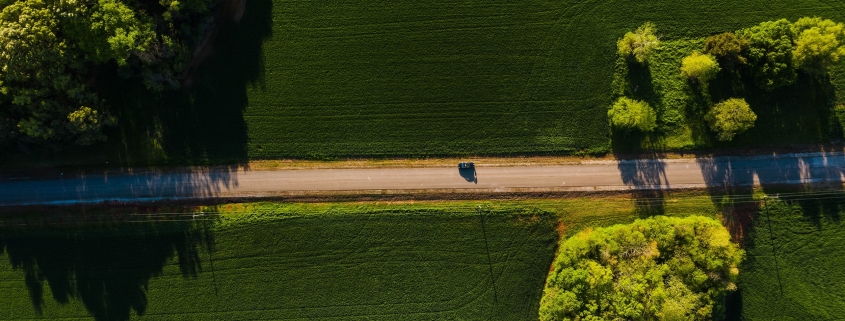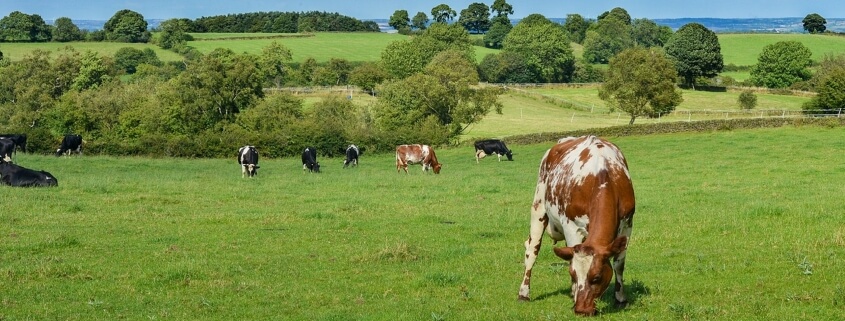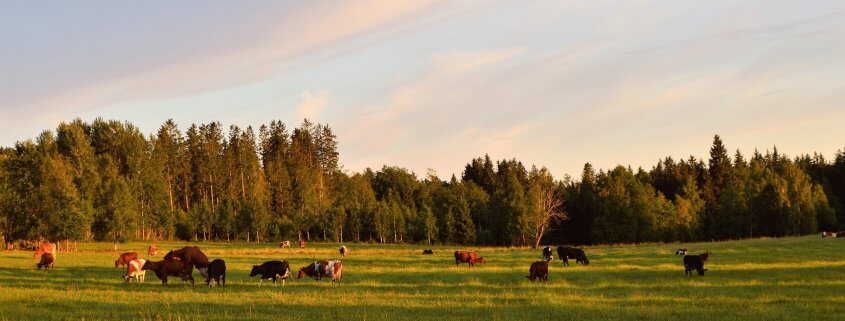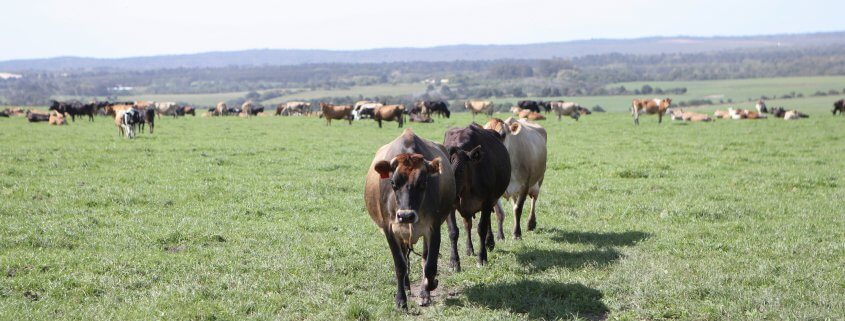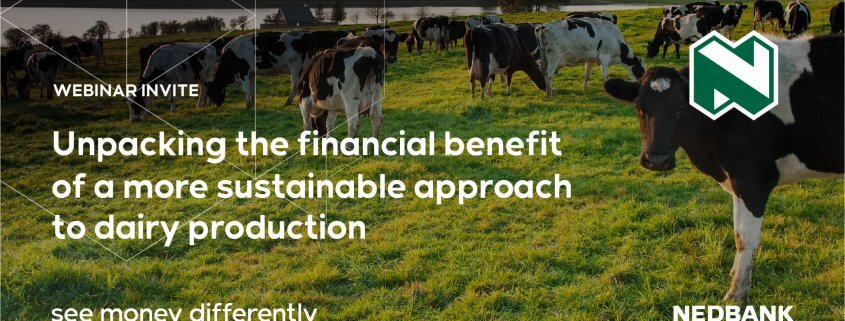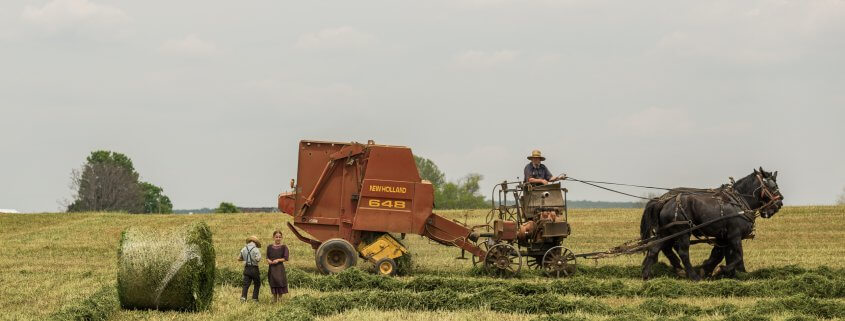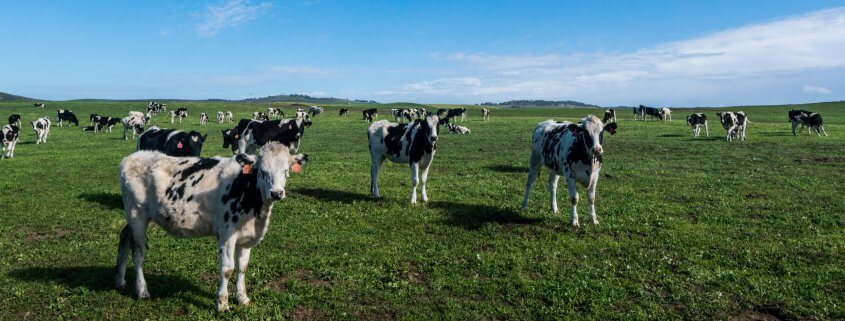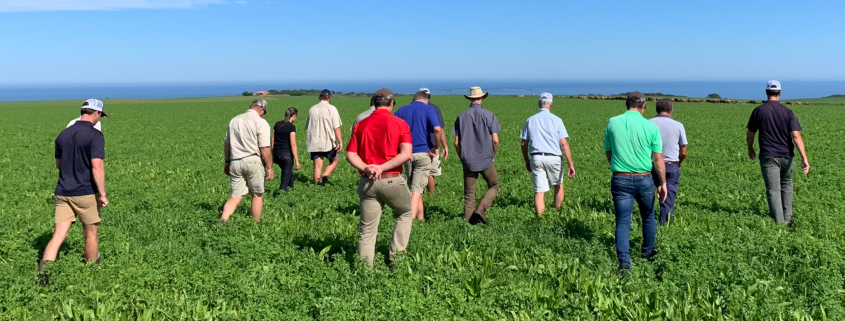What progress have farms participating with Trace & Save made over the past 10 years?
Looking back over ten years of collecting data from pasture-based dairy farmers, it is encouraging to see that there has been progress made with regards to improved sustainability. Two of the main goals of Trace & Save is to support farmers to farm in a more sustainable manner and to create evidence of progress where it is being made.

